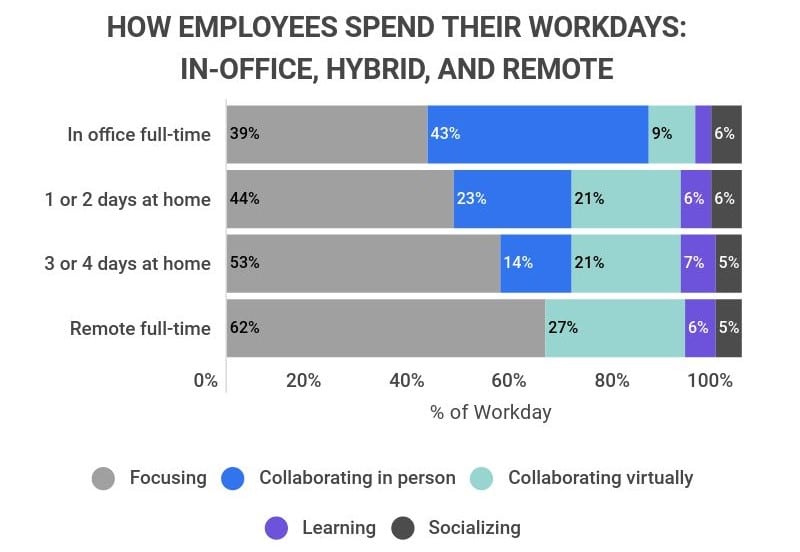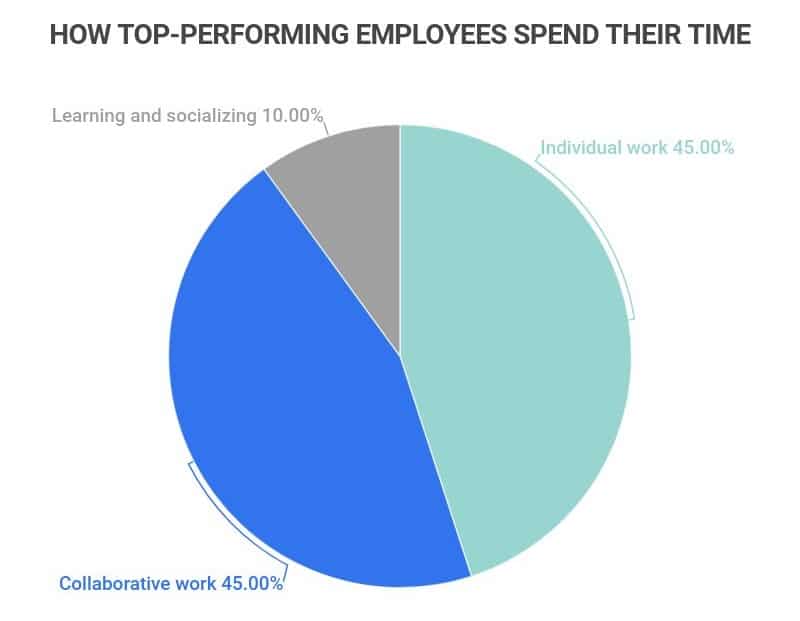How to get our scattered systems to real Unified Communications
Our daily hybrid office activities nowadays rely totally on collaboration between same and different teams' members. The word meeting or business call perception has been changed from an in office activity to what is most probably a Zoom or MS Teams call.
This rapid change in the way business is conducted and how people in business communicate brought much more productivity but at the same time some confusion and more stress.
Most of the companies nowadays have multiple communication tools for their teams to communicate. You can find on a single employee laptop; MS Teams client, Zoom client, PBX soft phone running telephone extension, and still he might need to use a web client to go into a meeting with a vendor or a customer who is using a different platform for communications.
These multiple systems for the same company do not maximize the productivity of our team members and apply some pressure and stress when they do receive several calls on different systems at the same time. This is not what really unified communications is.
The term unified communications arose in the mid-1990s, when messaging and real-time communications began to combine. In 1993, ThinkRite (VoiceRite) developed the unified messaging system, POET, for IBM's internal use1.
Unified Communications is now known in business when all channels of communications are accessed through one platform. This is not easy to achieve, it is sometimes impossible. But, achieving the outmost of this goal for sure will maximize our businesses productivity.

Nowadays employees' time distribution2
Let us first have a look on what communication components our team uses during the day...
- Presence
- Online Meetings
- Phone and Mobile calls
- Business chat
- CRM/ERP/MRP systems for operation
- Email clients
- Document sharing and group file editing.
If we succeed to bring the most of these different components into one system or at least have our multiple systems integrate to be accessible and/or exchange information between each other; we will save plenty of time and will significantly increase our team productivity. Each and every manager knows well how many operation problems resulted from lack of information reach or bad timing due to cross platform communications.

Time distribution of successful team members2
Let us discuss our communication components from the systems point of view. We need some systems to make these components available...
- Mail & Calendar
- Handles the presence and the scheduling of all other systems. It allows other system to read and write to the calendar.
- Telephony
- Connects to public telephony service networks PSTN which is unavoidable sort of communication till date.
- Chat/Audio/Video conferencing
- Document Sharing/Editing
- CRM/ERP/MRP for Operation
- It is the core of any business, teams communicate on the transaction level to make sure daily operation is moving forward.
Till date no one unified communication platform or service provider is capable to provide all, however we need to be on the right direction of consolidating all.
Steps to a real Unified Communications...
- Drop all of your on premise communication systems and move to the cloud. Whatever your security constraints or country hosted services regulations you have to align with the fact that without a UCaaS provider, you are putting your team in the dark old ages. Be careful with your choice and make sure to consider the next coming points.
- Integrate your mail and calendar services with all your other communication systems. Do not accept a system in your network that does not do this integration.
- Unify your Telephony/Audio/Video/Chat platform or at least have them integrated.
- It became available in most countries to have in cloud PSTN connectivity. This can be either directly from UCaaS provider (MS Teams, Zoom, ..etc.) or by connecting your own on premise telephony to your UCaaS platform. This will bring your team a unified experience of more than half their communication components. Get the help of UC experts to decide what is best for your business and budget.
- If you have multiple service providers (different coexisting UCaaS providers) for Audio/Video/Chat try your best to integrate them. Yes, this is possible. There are many apps that can integrate different systems like MS Teams with Zoom and same for others.
- Make sure that your preferred system for document sharing/group editing supports the integration with your UCaaS provider.
- Integrate your operation system (CRM/ERP/MRP) with your email/calendar/UCaaS service providers to have a seamless experience of your team while working on their daily activities.
This can be done gradually in a way that does not affect your operation. Introducing new systems for sure consumes a lot of change management and staff training. We need only to make sure we have a plan of how our team will be using limited number of communication systems without that much of confusion, time waste and stress of being over communicating.
References2 37 WORKPLACE COLLABORATION STATISTICS

